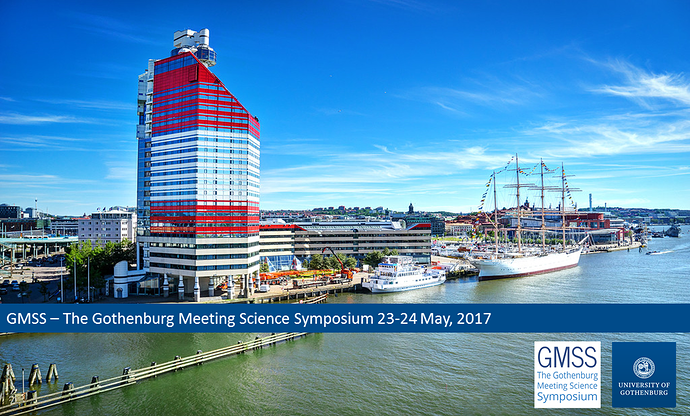During the first day of the Gothenburg Meeting Science Symposium, we spent quite some time discussing possible different definitions of what actually constitutes a meeting. Since that discussion left many questions open, I went through all the various definitions of the meeting that we collected during our preparations for the symposium earlier this year and broke them down into smaller elements that one may or may not want to see as part of what defines a meeting.
Now let’s see which elements we agree on and where exactly the differences lie. To do this, I’m asking you to go to our meethingsphere online space once more and rate how important each of those definition elements are for you. (The scale goes from “This should really not be part of the definition” to “This should really be part of the definition”)
As you know, the classical format of a defintion is that of Genus proximum and differentia specifica, i.e. you give a broader family of objects to which the definiendum belongs and then give the specifics that distinguish it from other family members. I have divided the definition elements accordingly.
This quick online survey also provides an opportunity for those of you who were not able to participate in
I will leave this survey online for a week, so it will be closed on Thursday, 29 June 2017 and I will shortly thereafter publish the results as a reply to this post.
So, head on over to http://bitly.com/meetingscience and tell us what you think!

